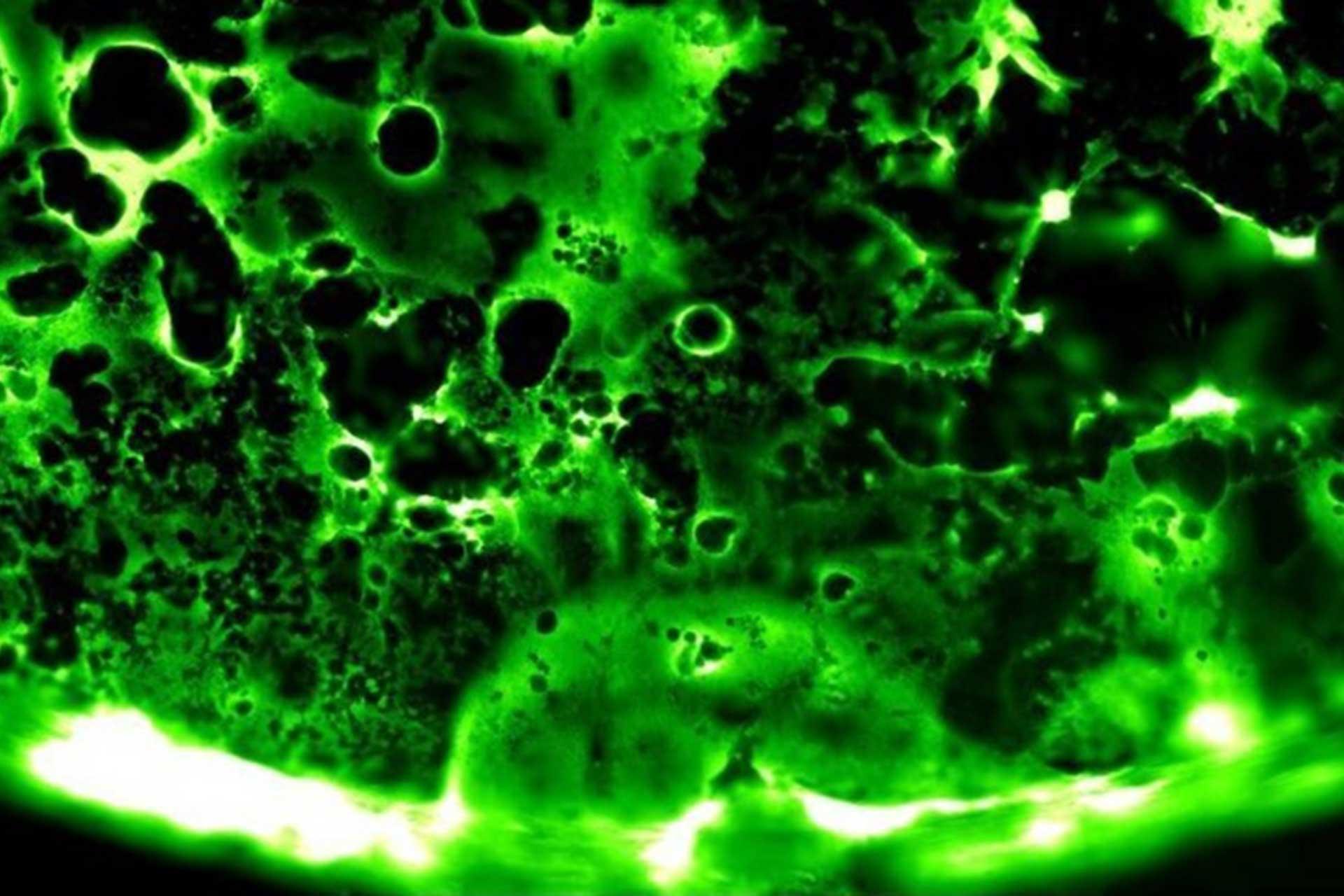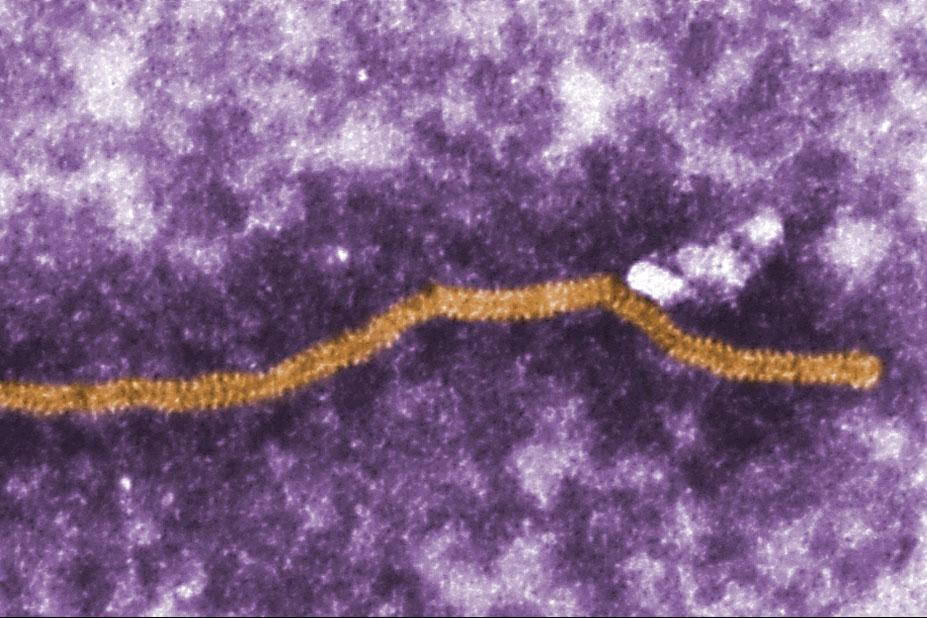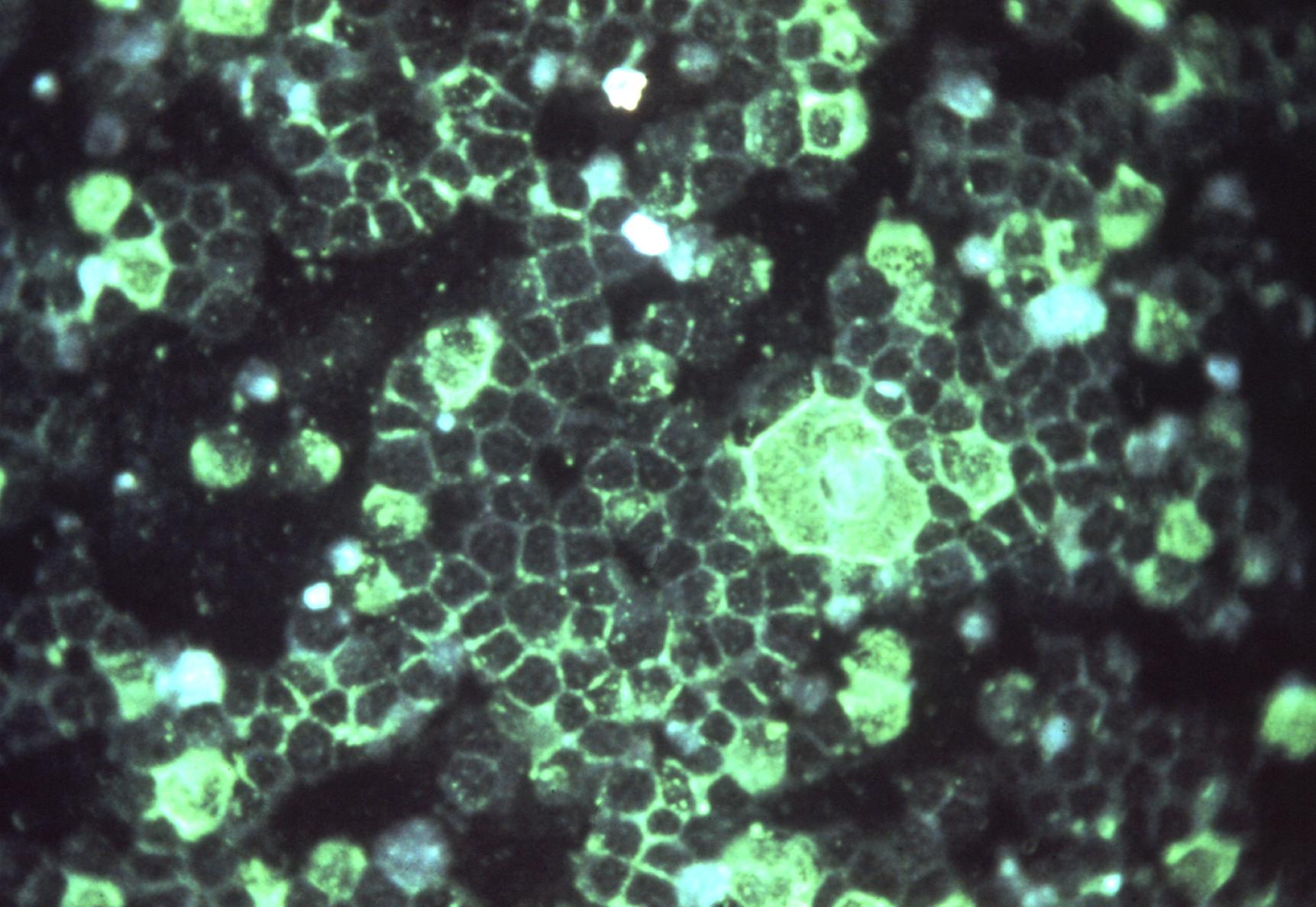Combinatorial F-G immunogens as Nipah and respiratory syncytial virus vaccine candidates
Nipah virus (NiV) and respiratory syncytial virus (RSV) possess two surface glycoproteins involved in cellular attachment and membrane fusion, both of which are potential targets for vaccines. The majority of vaccine development is focused on the attachment (G) protein of NiV, which is the immunodominant target. In contrast, the fusion (F) protein of RSV is the main target in vaccine development. Despite this, neutralising epitopes have been described in NiV F and RSV G, making them alternate targets for vaccine design. Through rational design, we have developed a vaccine strategy applicable to phylogenetically divergent NiV and RSV that comprises both the F and G proteins (FxG). In a mouse immunization model, we found that NiV FxG elicited an improved immune response capable of neutralising pseudotyped NiV and a NiV mutant that is able to escape neutralisation by two known F-specific antibodies. RSV FxG elicited an immune response against both F and G and was able to neutralise RSV; however, this was inferior to the immune response of F alone. Despite this, RSV FxG elicited a response against a known protective epitope within G that is conserved across RSV A and B subgroups, which may provide additional protection in vivo. We conclude that inclusion of F and G antigens within a single design provides a streamlined subunit vaccine strategy against both emerging and established pathogens, with the potential for broader protection against NiV.


